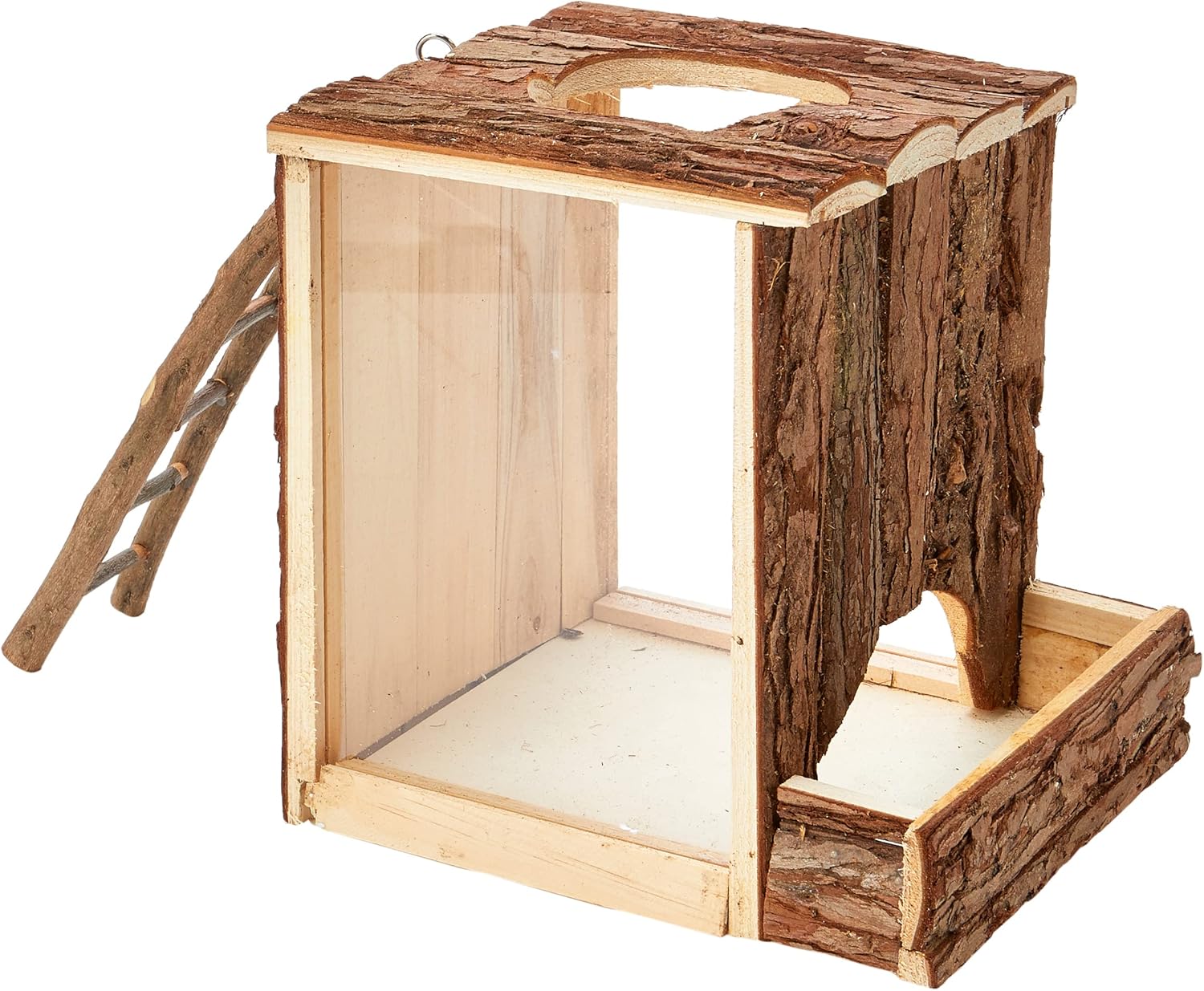About this deal
Provide a deeper digging box in the cage, similar to a rat digging box, but with hamster appropriate depth and substrate.
Using a mixture of nesting materials is better than just one, as it provides more enrichment for the hamster, allowing them to make decisions and construct more complex structures. Litter
How You Can Nurture Your Hamster’s Burrowing Behavior
Using more than one substrate is the best way to create a digging environment that will provide good structure for burrows and textural interest for enrichment. Digging For something more enclosed, a side opening glass cookie jar is good, although some species of hamsters may need a wooden bridge in the entrance to help them get in and out. For this reason, we suggest taking part in a toy rotation – add a few enrichment activities into your hamster’s enclosure for a month or so, and then take them out and replace them with something else.
Monitor an older hamster’s body temperature, ensuring it remains warm enough to be comfortable. Do Hamsters Burrow When They Die? Hamsters are natural foragers, and allowing them to engage in this instinctual behavior will be beneficial to their well-being. Start with treats. You can scatter a few treats throughout the cage.It is important to choose a paper bedding that is not dusty, and is unscented. A complementary bedding is cardboard squares or strips. These are heavier than paper, but have a good structure for holding tunnels when combined with paper.
While hamsters enjoy novel experiences, the new bedding may be unsuitable for digging. The activity will cease if the hamster finds burrowing difficult or painful. Not all hamsters are as inclined toward burrowing as others, with some having seemingly no interest in doing so at all. If you are curious about your own hamster’s feelings on the subject or want to facilitate and encourage the burrowing behaviors that you have already witnessed in them, you should set up a burrowing area within or outside of their enclosure. Because your hamster will likely spend a large chunk of his evening running on his wheel, you may want to look into the “squeak-free” models that are popular. Use Tunnel Systems For Hamster Enrichment Bringing the outdoors inside simply means providing natural objects for your hamster to explore within the safety of her enclosure.
Fortunately, the bedding that you already have in your hamster’s enclosure is perfectly fine to use in their burrowing environment as well. What matters more is how much bedding you use – which may depend on the hamster and their eagerness toward digging and burrowing, as well as their size. Dwarf hamsters, for instance, will likely require a shallower burrowing area than larger Syrian hamsters. Hamsters are known for being goofy with a wide array of personality traits that may make us laugh or scratch our heads, with burrowing being one of them. There is absolutely no harm in burrowing or not burrowing, as the animal’s enthusiasm for it depends entirely on their personality. If your hamster has no love of digging around and nesting in their bedding, don’t fret. Choosing an appropriate container is crucial to ensure your hamster’s comfort and safety while digging. Opt for a shallow plastic bin or a glass terrarium with low walls to prevent your hamster from escaping. Make sure the container is spacious enough for your hamster to move around comfortably. A minimum of 12 inches by 8 inches is recommended, but the larger, the better. Ensure that the container is escape-proof and free of any sharp edges or protruding objects that could harm your hamster.
Hamster balls can be enjoyable for your hamster and for you when used responsibly and for short periods of time. Your hamster cannot eat or drink while in the ball, so should not be left too long. Hamsters of all breeds have been observed burrowing both in the wild and in domestic settings. Syrians, Dwarf hamsters and Chinese hamsters (the most popular/common pet breeds of the hamster) may exhibit varying levels of interest in burrowing. This can range from an aggressive, insistent interest to no interest at all. Whether your hamster is a burrower or not, you don’t need to worry. It’s not unhealthy for them if they do not burrow, nor is it unhealthy if they love to burrow a lot. How You Can Nurture Your Hamster’s Burrowing Behavior Your best bet is to add four to seven inches of bedding in the area that’s to be purposed for burrowing and then observe your hamster’s reaction to it. You can easily add more or take some away if you’ve found that this amount is too much or too little.Hamsters don’t need to be cleaned out very often. An ethical minimum cage size of 5000 sq. cm (775 sq. inches) can be easily left for a month, if toilet areas are spot cleaned as needed. Setups that are bigger still can last 3-6 months between cleanouts depending on details of the size and layout.
Related:
 Great Deal
Great Deal 